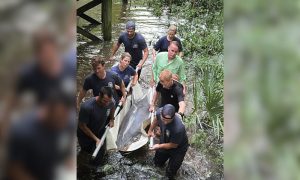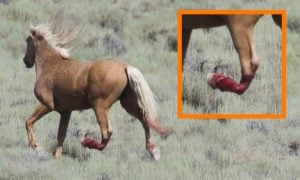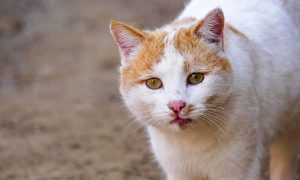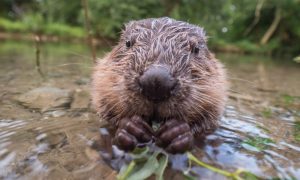Thousands of gardeners and bumblebee enthusiasts across the United Kingdom are helping researchers at the University of Aberdeen find the best pollinating plants to put in gardens.
Researchers are using BeeWatch — a platform dedicated to reporting bumblebee sightings and “pollinator-friendly” plants and flowers — to gather data in hopes of making urban environments more suitable for bees.
“We all know that pollinators like bumblebees are in trouble and need our help,” researcher Dr. Helen Anderson said. “It is a global problem.”
Since it began, BeeWatch has collected more than 6,000 submissions, which the research team used to determine which plants are most suitable for the country’s bumblebees. Their findings, published in the journal Nature Scientific Reports, noted that traditional “pollinator-friendly” lists fail to differentiate between different bee species and pollinator groups.
“Using citizen science data can be one of the best ways to help bumblebees if it uses up-to-date observations on plant use from data collected by members of the public,” Anderson said. “The data they provide can be much more specific about the plants used by individual bumblebee species, rather than relying on ‘pollinator-friendly’ labelling, which gives generic planting recommendations.”
The Royal Horticultural Society (RHS) will use the new information to update its list of bumblebee-friendly plant recommendations.
“This paper demonstrates that compilers of these lists need to stay abreast of new data as this is made available,” said RHS Principal Entomologist Dr. Andrew Salisbury. “We see the RHS Plants for Pollinator list as a living resource — one which we are always seeking to improve and it is clear that gardeners’ observations are helping to improve its value.”







